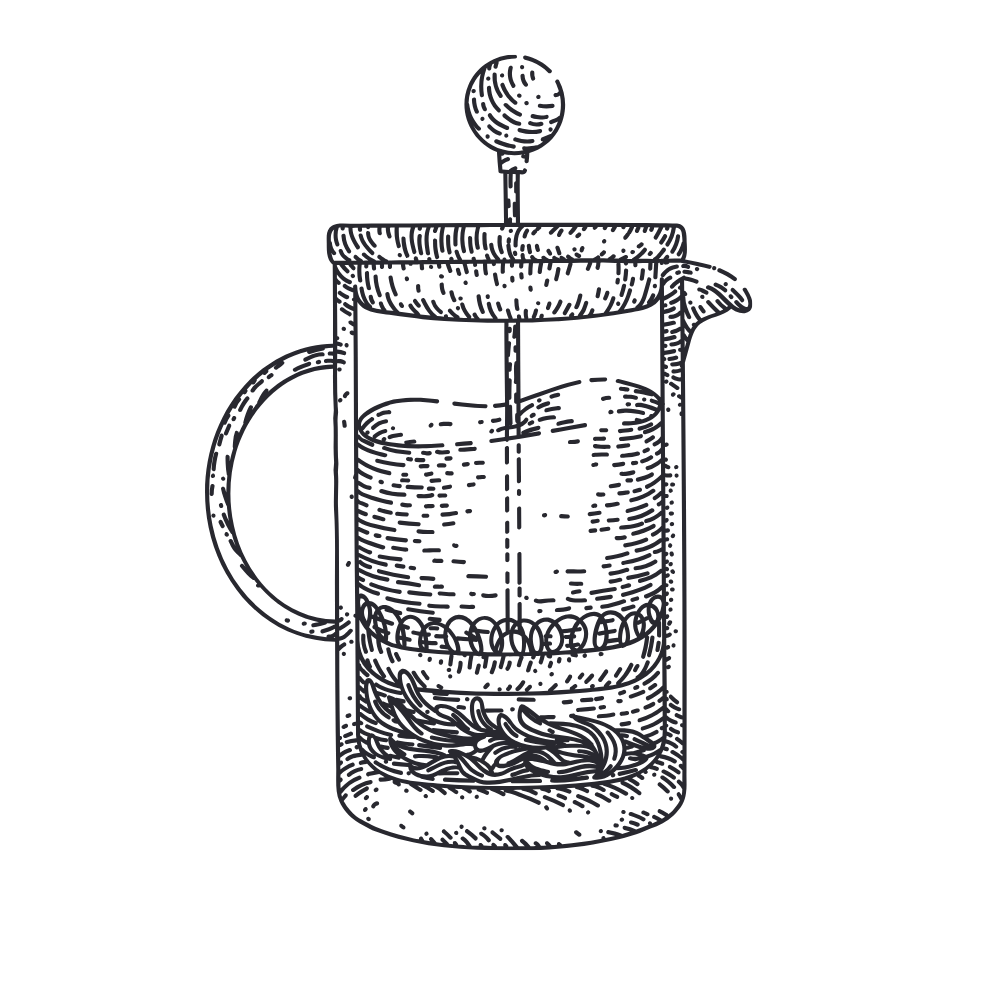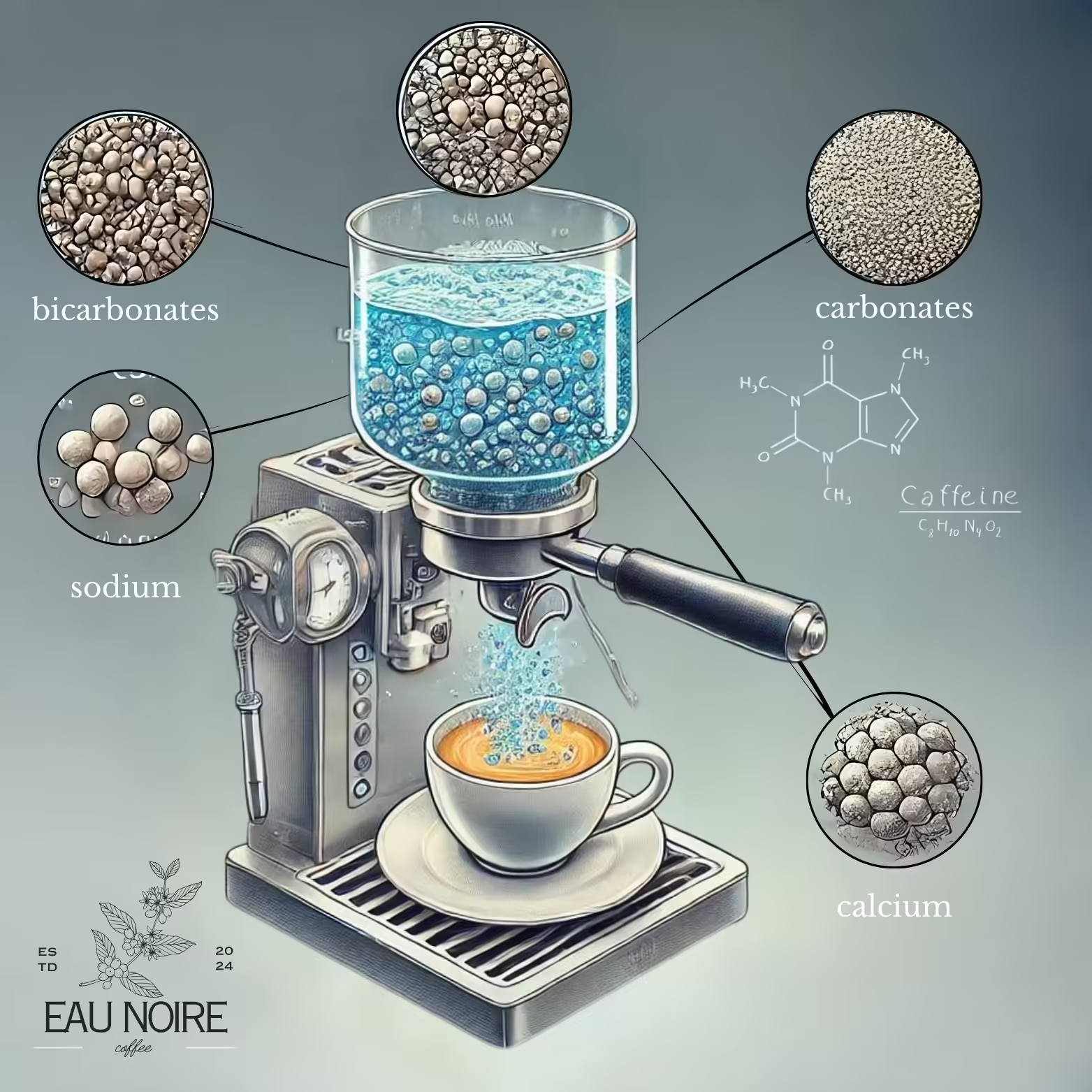
French press sediment, or sludge and sandy texture are some of my least favorite things about drinking coffee. French press coffee brewing is perhaps one of the most underrated coffee brewing methods. It’s cheap, easy, and extremely accessible. But because of its sludgy coffee texture, it is less preferred by coffee lovers.
But don’t worry, you can brew a clean, mud-free, sediment-free cup of coffee using the French Press with the method developed by Gwilym Davies, the 2009 World Barista Champion.
Why is French Press unique?
The French Press is an infusion brewer. Unlike most coffee brewing methods, here the water and coffee are brewed together, which helps to produce a more uniform extraction.

Metal Mesh
The relatively large holes in the French Press’s metal mesh filter allow water-insoluble coffee particles to pass into your cup.

Coffee Oil
This means that there is some coffee oil and some coffee particles in the drink.

Rich Body
This results in a bigger, richer bodied flavor and texture.
Recipe
Ingredients and tools required

Fresh Coffee Beans
Coffee that is consumed 2-3 weeks after roasting is considered fresh.

Quality Water
Quality water is essential to make a good cup of coffee.
Recommended Tools
Kitchen scale: To adjust the ratio of water and coffee in a French press, you need to measure how much of coffee and water required.
A good quality grinder: When brewing coffee, it is essential to achieve the same fineness of grains. Otherwise you will encounter unwanted under-extraction and over-extraction. This ruins the whole flavor.
A wide-spouted kettle: Gwilym Davies recommends avoiding the gooseneck kettle in this recipe. What we want in a French Press is for the water and coffee to meet as quickly as possible. That’s why you should use an ordinary kettle with a wide spout.
Instructions
1. Grind 16 gr (0.56 oz) coffee in medium size. For it is 2 rotations 0 numbers 7 clicks.
2. Boil 250 g (8.8 oz) water in a kettle.
3. Wait 1-2 minutes after the water boils to avoid burning the coffee. Meanwhile, put the ground coffee into the French Press. The ideal water temperature is 93°C (200°F). You can use a kitchen thermometer or a kettle with a built-in thermometer to measure this.
4. Start the 5 minute countdown timer and quickly pour all the water into the French Press. If any coffee remains dry on the surface after pouring the water, press it gently with a spoon to soak.
5. Just wait 5 minutes without doing anything. Do not stir at this stage, do not close the lid of the French Press! (The existing foam layer forms a crust-like cover. Closing the lid will cause the evaporating and condensing water to break this layer.)
6. Stir 10 seconds vertically up and down, rather than in a circular motion, to break the top layer and lift the settled coffee particles.
7. Place the lid on the French press and wait another 3 minutes.
8. Now, slowly press the plunger down, being careful not to stir up the coffee sediment at the bottom. Remember, Gwilym Davies prefers a clean coffee, not a muddy or sandy one.
9. Optionally wait 2 more minutes after pressing the plunger to let even the smallest particles settle, leaving clean coffee on top.
10. Slowly pour the coffee into a carafe, leaving a small amount in the French press to avoid transferring the muddy texture.
11. The 2009 World Champion suggests waiting another 1-2 minutes for any remaining particles to settle before drinking.
After this long brewing process, the coffee will be free of French Press sediment warm and ready to drink, with a slightly fruity and fuller-bodied taste compared to filtered coffee. Enjoy!
Disclaimer: As an Amazon Associate, I earn from qualifying purchases.


